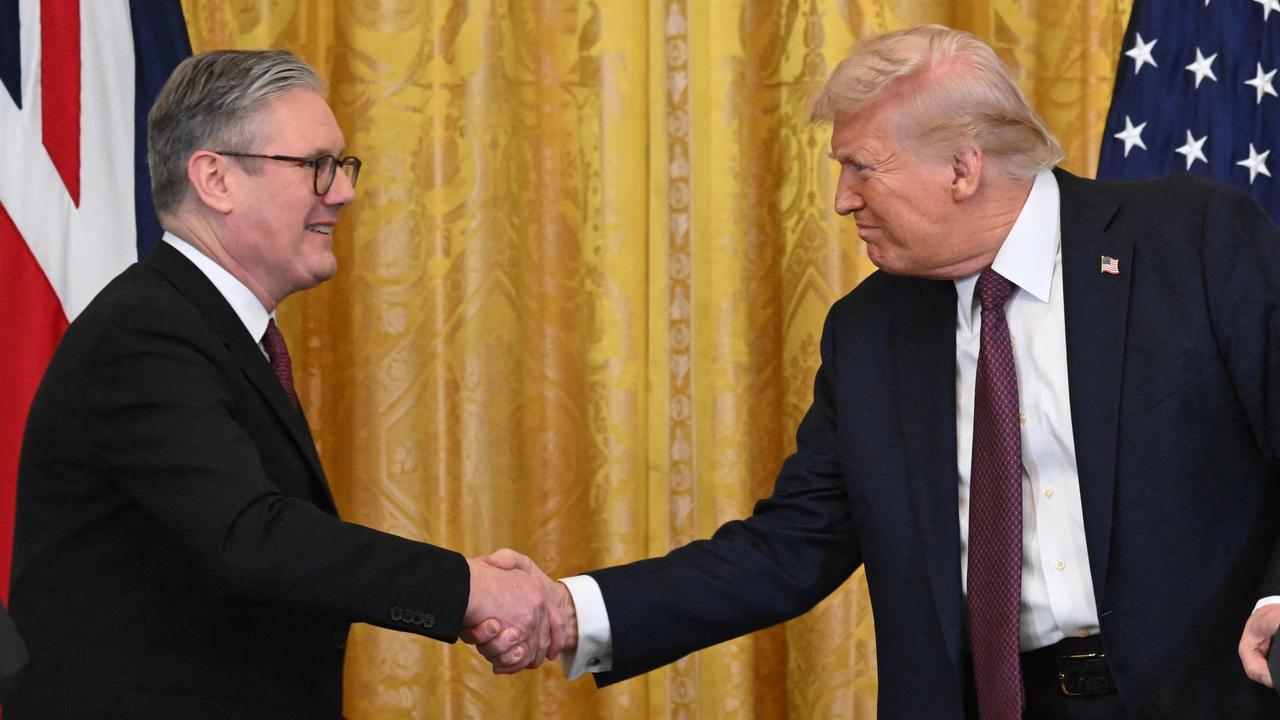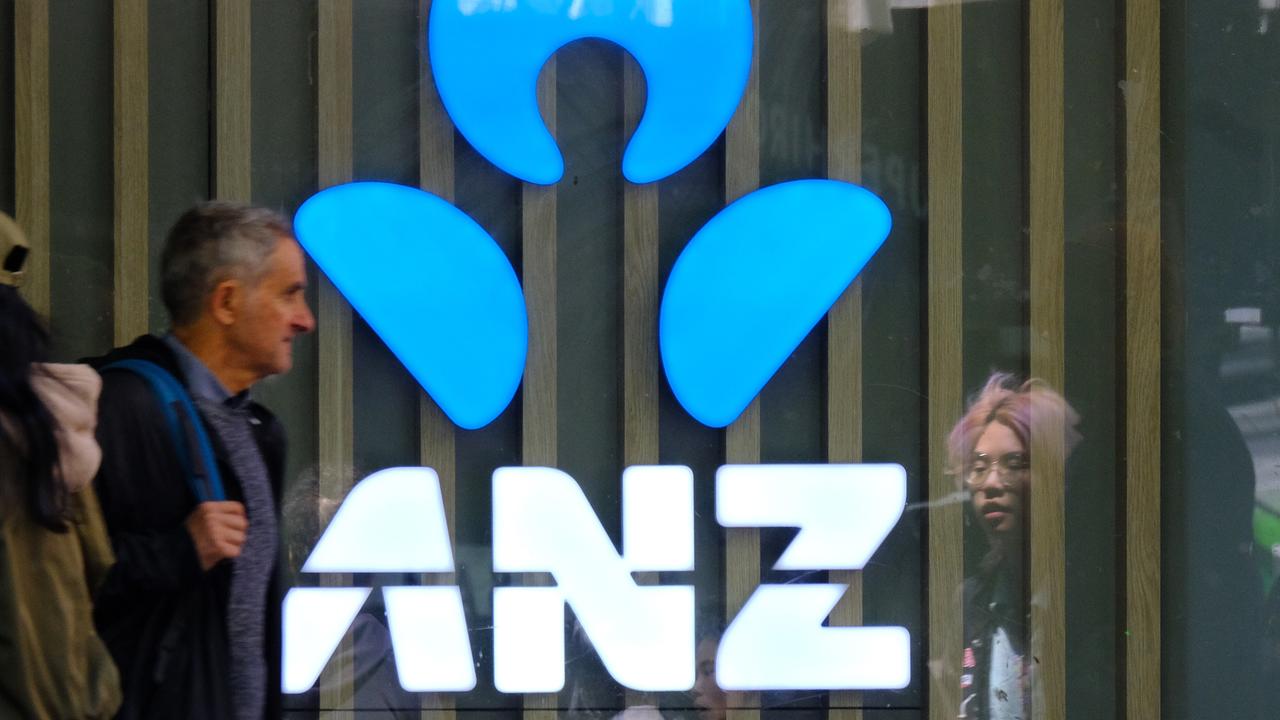There are 300 million in circulation but why do you never see Australia’s $100 notes?
THERE are 300 million in circulation, but there’s a reason you never see $100 banknotes. It could be quite sinister.
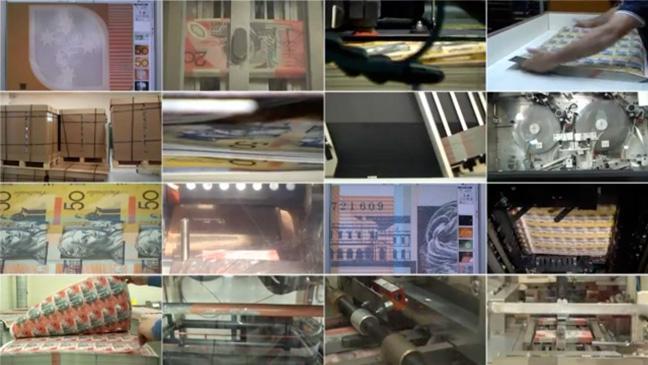
JUST days ago it was mooted the future of the 5c coin, a piece of shrapnel which seems to magically multiply as soon as it hits your pocket, was looking bleak.
But while we can’t move for 5c pieces, why do we never seem to see the cash at the other end of the spectrum? Where are all Australia’s $100 notes?
The answer could threaten the future of the note.
According to the Reserve Bank of Australia (RBA), 300 million $100 notes are in circulation, almost three times the number of $5 notes. But while the average life span of an Australian banknote varies from six years for the pink one to 17 years for the yellow one, no one knows with any accuracy how long the green ones featuring Dame Nellie Melba last because so few are in active circulation.
In its discussion paper The Life of Banknotes, issued last year, the RBA said, “With such little handling [$100 notes] do not deteriorate significantly over time. Indeed, less than 10 per cent of $100 banknotes ever issued have returned to the RBA as unfit banknotes.”
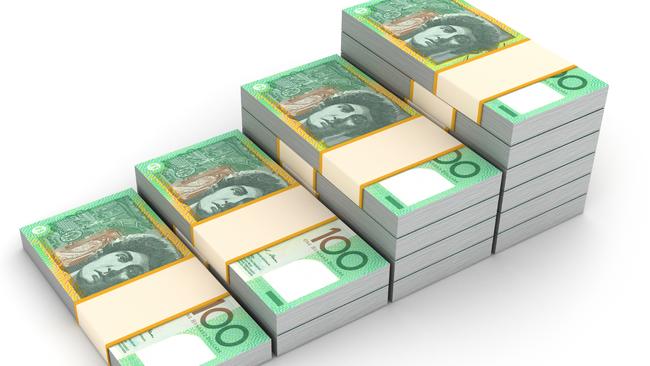
‘HUGE NUMBERS OUT THERE’
“It’s worth asking yourself, when did you last have a $100 note in your wallet or an ATM?” Adjunct professor Steve Worthington, a payments expert at Swinburne University told news.com.au.
“There’s huge numbers of these notes out there, they’ve been printed but they’re not actually seen there so they’re not coming around.”
Similar to possums in the daytime, we know $100 notes are there somewhere; we just can’t find them. Then, like the mythical Scottish village of Brigadoon, that only appears once every hundred years, we find ourselves staring in wonder at the curiously long bill.
One place you almost definitely won’t find a $100 note is at an ATM. A Commonwealth Bank spokeswoman told news.com.au that while the notes were in high demand at branches, only a small number of their cash machines dispensed $100 bills.
Those ATMS that do dispense $100 are so rare; they have signage to prepare customers for the shock of finding the higher denomination note in their withdrawal.
“ATMs around universities and movie theatres generally have smaller denominations while those at airports and higher cash demand areas are more likely to have higher denominations,” the spokeswoman said.
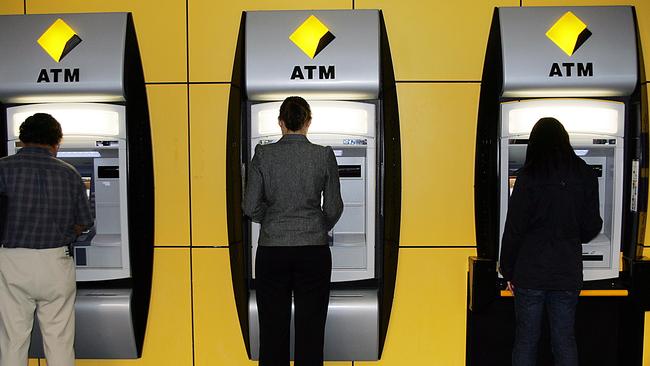
But some people do like them, with RBA figures showing there are now 11 per cent more $100 notes in circulation than in 2014, a growth rate of almost twice the banknote average. Together, the $50 and $100 notes account for 92 per cent of the value of all banknotes in circulation.
The RBA has a few answers to the riddle of where all the $100 notes are.
In some cases, they are quite literally stuffed under the mattress as an alternative to banks. Many may even be overseas due to their popularity with tourists. As such, it’s thought only around a quarter are in general circulation and few are likely to find their way into the till at the local coffee shop.
“They are very often hidden away as store of wealth,” said Prof Worthington. “In a climate of uncertainty, people will often use cash as a fallback position, something that is more tangible than a bank where it is intangible.”
In Greece, the country’s reserve bank said tens of billions of euro notes were likely squirrelled away as the country’s banking system neared collapse last year, reported the Independent.
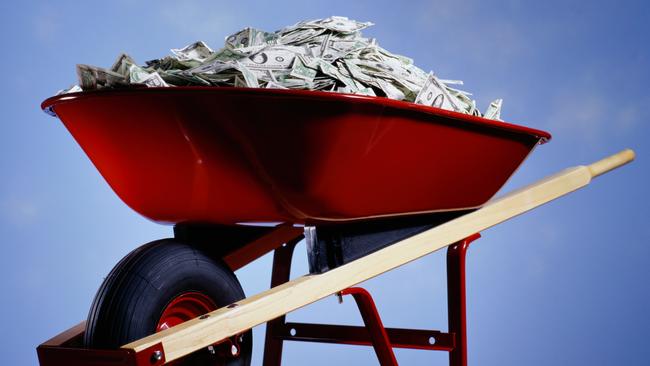
‘WHEELBARROW OF CASH’
But it’s likely that where Nellie’s notes shine brightest is in the darkest corners of the criminal underworld. Practically untraceable, utterly transferable and high in value, they are the ideal method of payment outside of the regulated financial system.
“An awful lot of the high denomination notes in Australia are used either for tax avoidance or criminal activities,” said Prof Worthington. From a home renovation kept off the books to a drugs deal, “cash in hand” is still massively popular. “Cash remains the instrument of choice to facilitate money laundering.”
Rather than taking around a “wheelbarrow of cash,” a wad of hundreds provides a lot of value in a small space, he said.
“If you were engaged in criminal activities you’d probably have a lot of $100 notes, stacked up somewhere.”
Indeed, a Harvard University analysis found a million US dollars in $20 bills would weigh 23kg while the same amount made up of 500 euro notes, each bill worth a cool $780 Australian, would weigh less than a kilogram. Or put another way, that’s three and half briefcases compared to just one-fifth of a briefcase.
So concerned are regulators about organised crime and high denomination notes, there have been calls to phase them out completely.
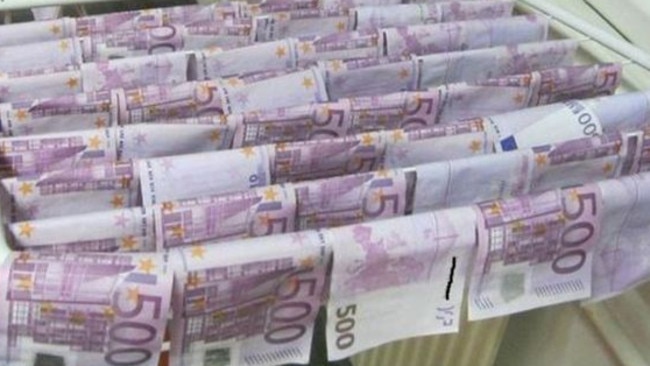
ILLEGAL ACTIVITIES
On Monday, Mario Draghi, president of the European Central Bank, said the organisation was considering a plan to ditch the eurozone’s biggest bill.
“The 500 euro note is being viewed increasingly as an instrument for illegal activities. It’s in this context that we are considering action.”
Europeans will have to settle for the 200 euro note, worth a mere $310, instead.
Mr Draghi’s call is echoed by Peter Sands, the former chief executive of UK banking giant Standard Chartered. Last week, he said the highest notes of the British pound, Swiss franc, US dollar and euro should all be eliminated to tackle fraud. Canada withdrew it’s $1000 note in 2000 for exactly that purpose.
With higher denomination transactions increasingly done digitally, there was little need for the larger notes for bona fide purposes, he said.
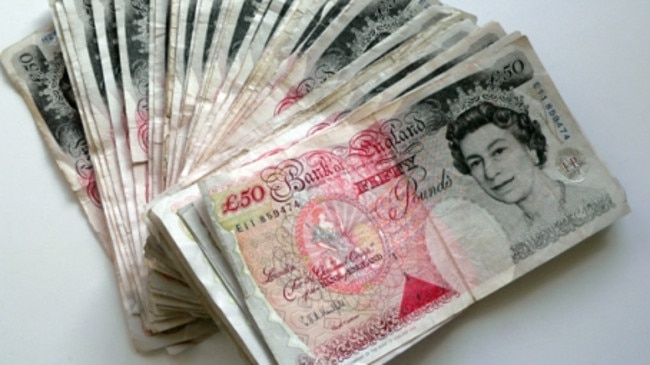
BAN THE BIG NOTES
“Without being able to use high denomination notes, those engaged in illicit activities — the ‘bad guys’— would face higher costs and greater risks of detection,” Mr Sands said in a paper for the Harvard Kennedy School.
“Ask people in the UK when they last used a 50 pound note and the most common answer is to pay a builder or plumber.
“The incentive is tax evasion, since payment in cash makes it easier for the individual to avoid [GST] of 20 per cent and if the builder pays his workers in cash, he in turn avoids employment taxes and they avoid income tax,” he told the Telegraph.
Last week, the RBA announced a new series of banknotes to celebrate 50 year since the introduction of decimal currency. “But really, perhaps they should be thinking about getting rid of the $100 bank notes instead,” said Prof Worthington.
The RBA told news.com.au there were no plans to ditch the $100 note. In fact, just as the era of high value notes seems doomed they could be in for renaissance. With negative interest rates across Japan and the eurozone, stashing cash under the mattress could actually be a better bet than putting it in a bank. Just ask the Greeks.
WORLD’S BIGGEST BANKNOTES
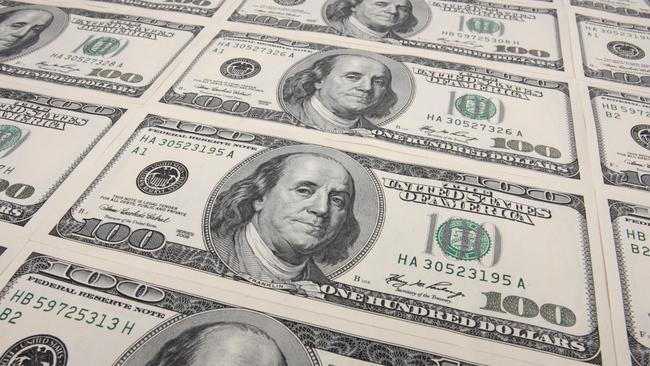
$100 US DOLLAR BILL
Worth in Australian dollars: $140
While the US has had far higher denomination banknotes in the past, there are nonetheless calls to put a moratorium on new $100 bills due to their popularity with criminals.
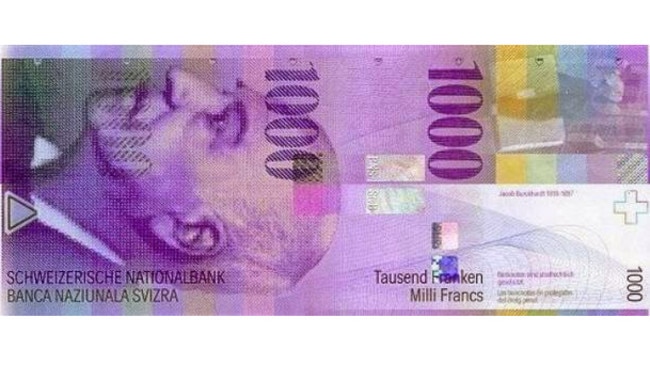
1000 SWISS FRANC NOTE
Worth in Australian dollars: $1420
More than 30 million of the pink notes featuring 19th century art historian Jacob Burckhardt are in circulation. It’s popularity persists due to the Swiss habit of paying for even relatively large amounts — such as household bills — with cash. But if you think that’s big, get a load of this banknote ...
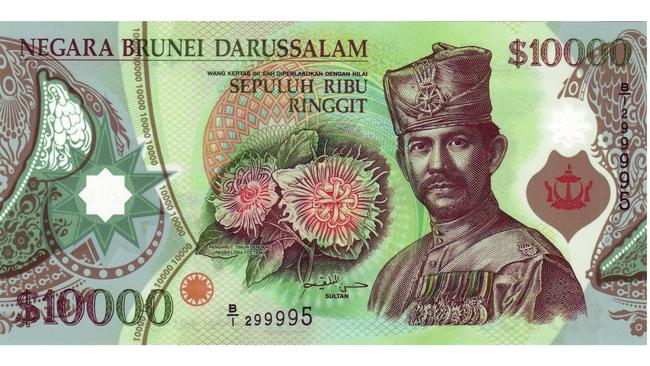
$10,000 BRUNEI DOLLARS
Worth in Australian dollars: $10,000
That’s right, a $10,000 note. The tiny kingdom of Brunei Darussalam, on the northern coast of Borneo, issues the world’s highest denomination banknote worth eight times as much as the 1000 Swiss franc note. You wouldn’t want to lose it down the back of the sofa.

$100,000,000,000,000 ZIMBABWEAN DOLLARS
Worth in Australian dollars: $1.5
One of the highest denomination banknotes ever produced, the one trillion bill was printed during the late 2000s when Zimbabwe under the Mugabe regime printed more and more notes sending the currency into a downward spiral of hyper inflation. In late 2015, the Zimbabwean Government gave up on its own currency moving over to the US dollar. The exchange rate? $35 quadrillion Zimbabwean dollars to the $US1.



